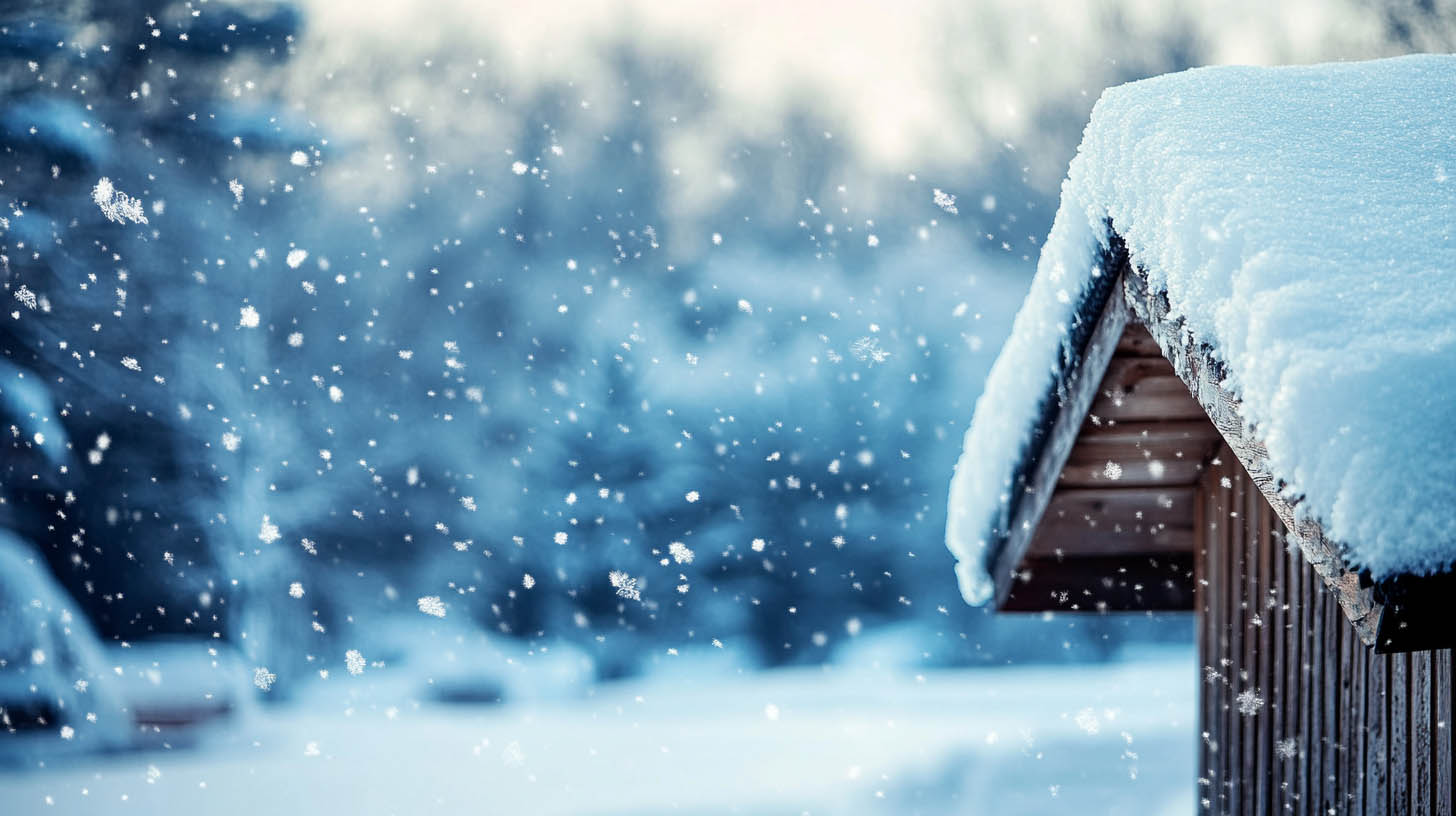
Rainstoppers Roofing encourages homeowners to take proactive steps in preparing their roofs for the winter season. Cold temperatures, snow, and ice can cause significant damage if your roof isn’t in top shape. Winter-proofing your roof protects your home, reduces costly repairs, and ensures comfort throughout the season.
Why Winter Preparation Is Crucial
Winter weather can amplify existing roofing problems. Snow accumulation, ice dams, and freezing temperatures can:
- Worsen minor leaks and cracks.
- Cause roof sagging under heavy snow loads.
- Lead to water damage, mold, and structural issues.
Key Fact: Ice dams alone cost U.S. homeowners millions annually due to leaks and water damage caused by melting snow refreezing at roof edges.
Steps to Prepare Your Roof for Winter
1. Schedule a Professional Roof Inspection
A professional inspection identifies potential weak spots, such as:
- Loose or missing shingles.
- Compromised flashing around vents, chimneys, or skylights.
- Roof deck sagging or cracks.
Regular inspections ensure minor issues are addressed before winter intensifies them.
2. Clear Gutters and Downspouts
Clogged gutters prevent proper water drainage, causing water to back up and form ice dams.
- Remove leaves, dirt, and debris from gutters.
- Ensure downspouts direct water away from your home’s foundation.
Proper drainage prevents ice buildup and water infiltration.
3. Check and Repair Flashing
Flashing seals vulnerable areas of your roof, such as joints, chimneys, and skylights. Damaged flashing allows water leaks and compromises insulation.
- Inspect flashing for cracks, rust, or looseness.
- Repair or replace damaged sections to prevent leaks.
4. Insulate Your Attic
Poor attic insulation allows heat to escape, melting snow on your roof. As melted snow refreezes, ice dams form.
- Add sufficient insulation to maintain even roof temperatures.
- Ensure proper ventilation to reduce condensation buildup.
An insulated and ventilated attic prolongs your roof’s lifespan and enhances energy efficiency.
Benefits of Proactive Roof Maintenance
- Extends Roof Lifespan
Regular maintenance prevents minor issues from escalating into costly repairs, ensuring your roof lasts through harsh winters. - Reduces Repair Costs
Addressing vulnerabilities in advance minimizes expensive emergency repairs caused by leaks or structural damage. - Prevents Ice Dams
Well-maintained gutters, insulation, and ventilation help prevent the formation of ice dams that lead to water leaks. - Improves Energy Efficiency
Proper insulation reduces heat loss, lowering energy bills during winter.
Signs Your Roof Needs Attention Before Winter
- Missing or damaged shingles: Compromised shingles allow moisture to penetrate the roof.
- Sagging rooflines: Excess weight or structural issues require immediate attention.
- Interior leaks or water stains: Stains on ceilings or walls indicate active leaks.
- Mold or mildew growth: Moisture buildup due to poor insulation or ventilation.
DIY Winter Roof Preparation Tips
While professional services are ideal, homeowners can take some initial steps to winter-proof their roofs:
- Use a roof rake to remove excess snow after storms.
- Check gutters and downspouts regularly for debris.
- Trim overhanging branches to prevent damage during winter storms.
- Apply heat tape to gutters and edges to reduce ice dam formation.
Why Choose Professional Roof Maintenance
Professionals provide thorough inspections, reliable repairs, and peace of mind. At Rainstoppers Roofing, we ensure:
- Comprehensive inspections: Identifying issues others may overlook.
- Prompt minor repairs: Preventing small vulnerabilities from worsening.
- Emergency winter services: Addressing urgent roof issues caused by snow or ice.
FAQs
1. How often should I inspect my roof before winter?
It’s recommended to have a professional inspection every fall to catch potential issues early.
2. What causes ice dams, and how can I prevent them?
Ice dams form when attic heat melts snow on the roof, which refreezes at the edges. Proper insulation and ventilation help prevent this.
3. Can heavy snow damage my roof?
Yes. Excessive snow accumulation can cause structural sagging or collapse. Remove snow promptly using a roof rake.
4. Why are clean gutters important in winter?
Clean gutters allow water to drain properly, preventing ice buildup and leaks.
5. What should I do if my roof starts leaking in winter?
Contact a professional immediately to assess and address the problem. Temporary fixes can minimize damage until repairs are complete.
Conclusion
Preparing your roof for winter ensures a warm, safe, and problem-free season. Proactive maintenance, including inspections, repairs, and proper insulation, prevents costly issues caused by snow, ice, and freezing temperatures.
Contact Rainstoppers Roofing today for a winter-ready roof and peace of mind all season long.If you want to read a blog about professional roofing services and ensuring quality and longevity, click here.
